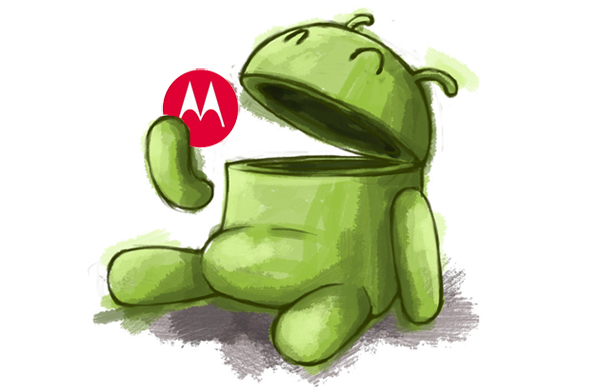Google goes hardware: ‘We’ve acquired Motorola Mobility’

Google’s CEO Larry Page made headlines again this morning: He just officially announced Google’s acquisition of Motorola Mobility, while confirming the joined companies will soon create the next generation of mobile devices.
The chief executive took to the official Google Blog to reveal the news:
It’s why I’m excited to announce today that our Motorola Mobility deal has closed. Motorola is a great American tech company that has driven the mobile revolution, with a track record of over 80 years of innovation, including the creation of the first cell phone. We all remember Motorola’s StarTAC, which at the time seemed tiny and showed the real potential of these devices. And as a company who made a big, early bet on Android, Motorola has become an incredibly valuable partner to Google.
Page appointed Googler Dennis Woodside as CEO of the newly acquired business, and claimed he has known the exec for over a decade, while adding, “He’s been phenomenal at building teams and delivering on some of Google’s biggest bets.”
The post is quick and to-the-point. The most important aspect to it, however, is the last line: “[…] I’m confident Dennis and the team at Motorola will be creating the next generation of mobile devices that will improve lives for years to come.”
That’s right. Google is now a hardware company.
Google made headway on the $12.5 billion Motorola Mobility acquisition late last week when China finally gave the merger a go-ahead. Motorola promptly filed an 8-K form with the U.S. Securities and Exchange Commission yesterday that specified the deal’s transaction would likely close today.
Check out the full announcement below—or jump over to Google’s blog.





